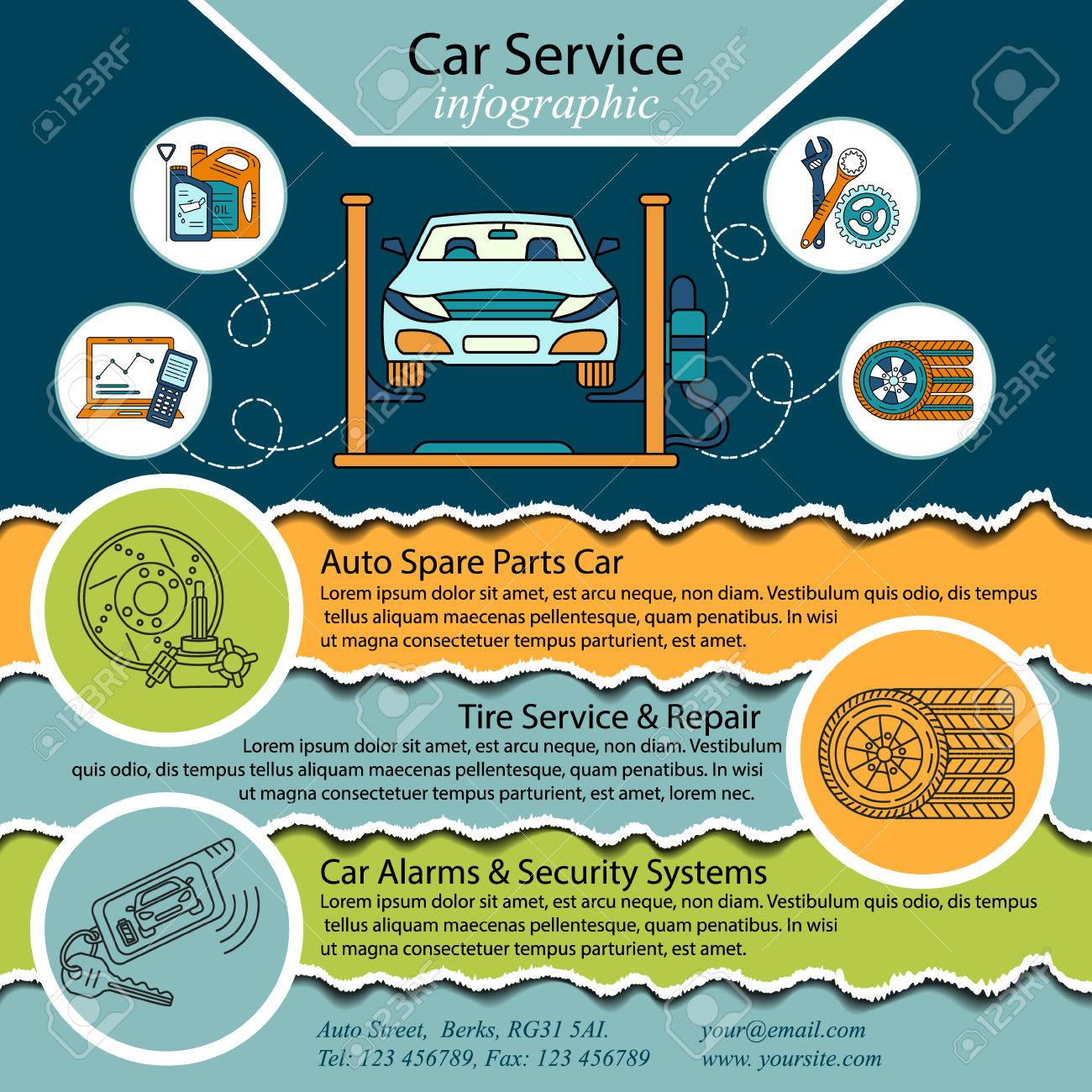Interpreting Your Auto'S Alert Lights: Their Real Effects
Interpreting Your Auto'S Alert Lights: Their Real Effects
Blog Article
https://brakeservicenearme28406.win-blog.com/10021782/the-development-of-car-outlining-techniques-over-the-last-decade -Samuelsen Alvarado
When you lag the wheel, those glowing warning lights on your control panel can be a bit perplexing. Do you understand what they're attempting to tell you concerning your auto's health and wellness? Understanding the significance of these lights is crucial for your safety and the long life of your automobile. So, the following time one of those lights appears, would not you wish to analyze its message accurately and take the necessary steps to address it?
Common Warning Lighting and Interpretations
Identify typical caution lights in your automobile and recognize their meanings to guarantee secure driving.
One of the most regular warning lights consist of the check engine light, which indicates issues with the engine or emissions system. If this light comes on, it's important to have your automobile checked promptly.
The oil stress cautioning light shows reduced oil pressure, needing prompt interest to prevent engine damages.
A blinking battery light may suggest a damaged billing system, potentially leaving you stranded if not dealt with.
The tire pressure monitoring system (TPMS) light signals you to low tire stress, affecting automobile security and gas efficiency. Ignoring this could lead to unsafe driving problems.
The abdominal muscle light suggests a problem with the anti-lock stopping system, compromising your capability to quit swiftly in emergency situations.
Finally, the coolant temperature level advising light warns of engine getting too hot, which can cause extreme damage if not solved swiftly.
Comprehending these common warning lights will help you address problems without delay and keep risk-free driving problems.
Importance of Prompt Interest
Recognizing the usual caution lights in your car is only the very first step; the importance of without delay resolving these cautions can not be highlighted enough to guarantee your security when driving.
When a warning light illuminates on your control panel, it's your vehicle's way of interacting a possible problem that requires focus. Neglecting these warnings can lead to extra serious issues down the road, compromising your security and possibly costing you extra out of commission.
Trigger attention to cautioning lights can protect against breakdowns and mishaps. For instance, a flashing check engine light might indicate a misfire that, if left neglected, can create damage to the catalytic converter. Resolving view website can conserve you from a costly repair work.
Likewise, a brake system alerting light might indicate reduced brake fluid or worn brake pads, important components for your safety when driving.
DIY Troubleshooting Tips
If you observe a caution light on your control panel, there are a couple of DIY repairing ideas you can attempt before seeking professional aid.
The first step is to consult your automobile's guidebook to comprehend what the specific warning light suggests. Occasionally the issue can be as simple as a loose gas cap triggering the check engine light. Tightening the gas cap might settle the trouble.
An additional usual problem is a reduced battery, which can trigger various cautioning lights. Inspecting the battery links for deterioration and guaranteeing they're secure could repair the problem.
If a warning light lingers, you can try resetting it by separating the cars and truck's battery for a few minutes and then reconnecting it. In addition, examining your car's liquid degrees, such as oil, coolant, and brake fluid, can assist repair advising lights related to these systems.
Conclusion
To conclude, comprehending your auto's caution lights is crucial for keeping your car running smoothly and safely. By immediately addressing these informs and understanding what they indicate, you can stay clear of costly repairs and prospective malfunctions.
Remember to consult your cars and truck's handbook for particular information on each advising light and act as necessary to make sure a trouble-free driving experience.
Stay notified, stay risk-free on the road!
